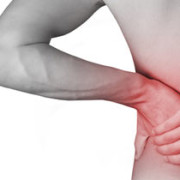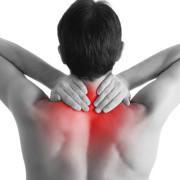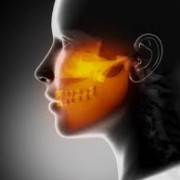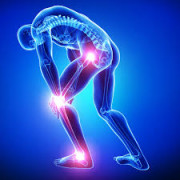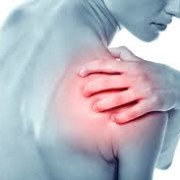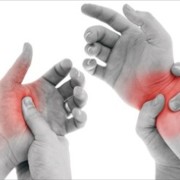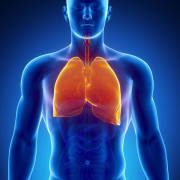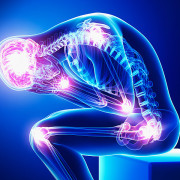What is Osteopathy?
Osteopaths are primary health care practitioners who use a hands on approach to facilitate healing. Osteopaths achieve this by focusing on how the skeleton, joints, muscles, nerves, circulation, connective tissue and internal organs function as a holistic unit. Using hands on techniques, Osteopaths can treat a wide range of complaints ( see list below) and help to reduce pain/discomfort, improve stiffness and functionality.
Some of the techniques used include stretching, manipulation (clicking), massage techniques/soft tissue, articulation, harmonics, Balanced ligamentous technique, functional techniques, visceral, cranial and more. Exercises and lifestyle advice are also commonly given during your session.
In New Zealand, Osteopaths undergo a 5 year degree and are trained in anatomy, physiology, pathology, diagnosis and osteopathic techniques. Osteopaths are also trained to recognise conditions which require medical referral. Osteopaths work with and alongside other healthcare professionals such as GPs and specialists to ensure patients are receiving the best care possible. For more information about Osteopaths please visit www.osteopathsnz.co.nz.
What Osteopaths treat
Click an image for more info
Sports injuries/muscle strains
OOS or Repetitive strain injury (RSI)
Asthma or other breathing related disorders/issues
Occupational injuries/postural complaints
Chronic pain
Joint pain/arthritis
Post surgical stiffness/rehabilitation
Digestive or gynaecological complaints
What to expect
What techniques Osteopaths use
Techniques used can vary between clients and can include the following:
- Postural and gait analysis
- Joint manipulation/HVLA
- Cranial
- Soft tissue massage
- Lymphatic drainage
- Visceral technique
- Stretching/ Muscle energy techniques
- Joint articulation and mobilisation
- Trigger point release
The Osteopathic Council
The Osteopathic council of New Zealand (OCNZ) are the governing body for Osteopaths. To be able to practice in NZ all Osteopaths must be registered with the OCNZ and are required to undergo continuing professional development (CPD). CPD courses ensures Osteopaths are up to date with current literature and are competent to practice. The OCNZ operates under the Health Practitioners Competence Assurance act (HPCAA). The HPCAA is a legislative framework, established in 2003 by the Ministry of Health. It was developed with the aim to ensure the health and safety of patients by promoting lifelong competency of practitioners. Having the act provides a professional standard that is regulated which ensures the health and safety of patients.

